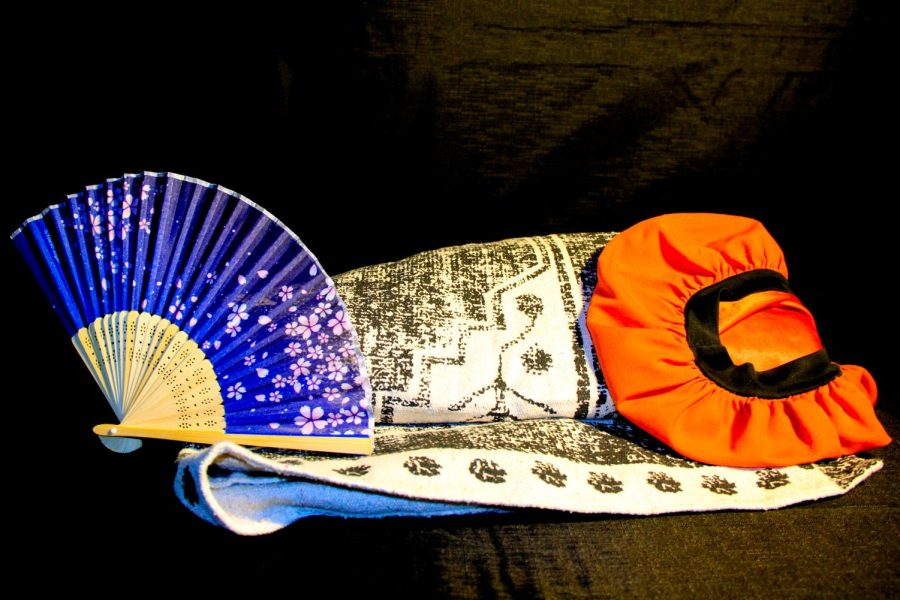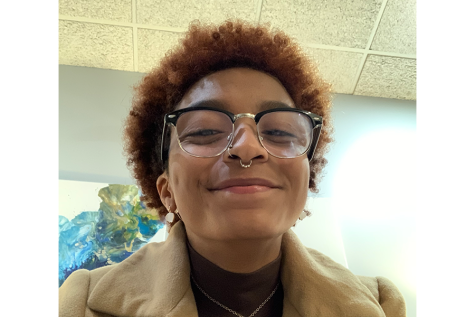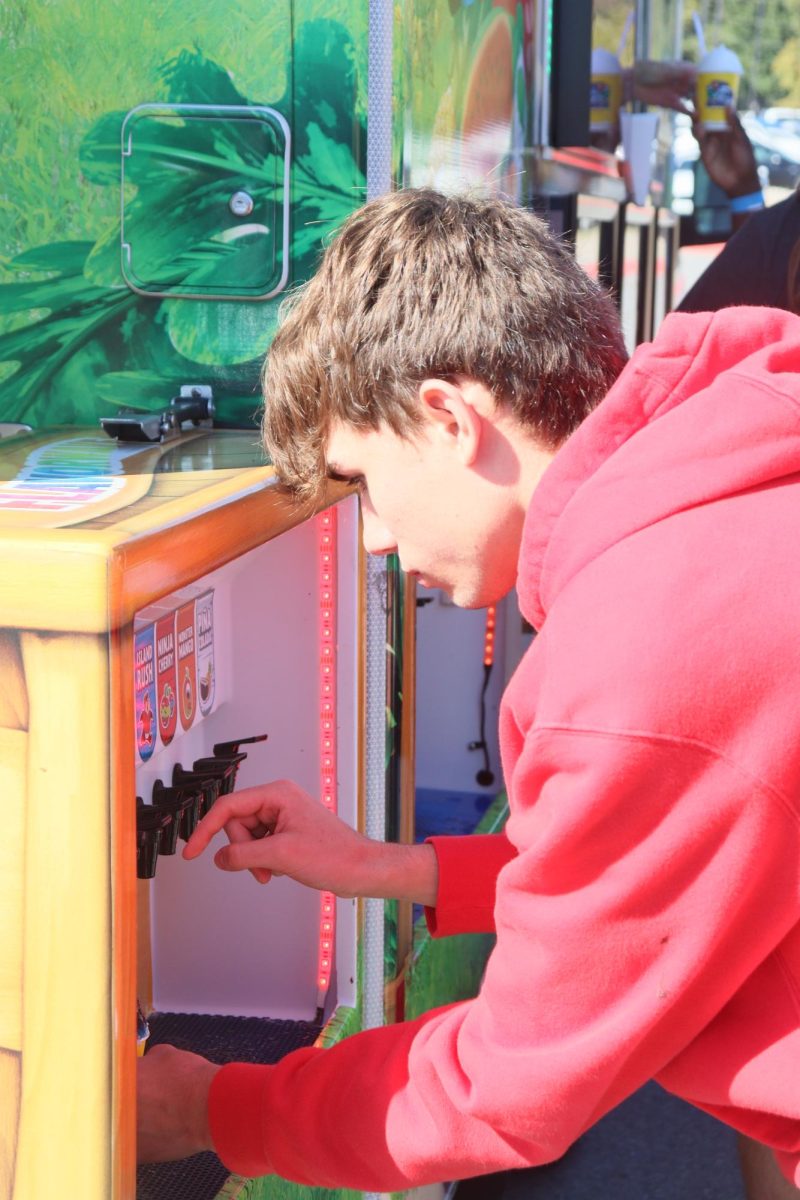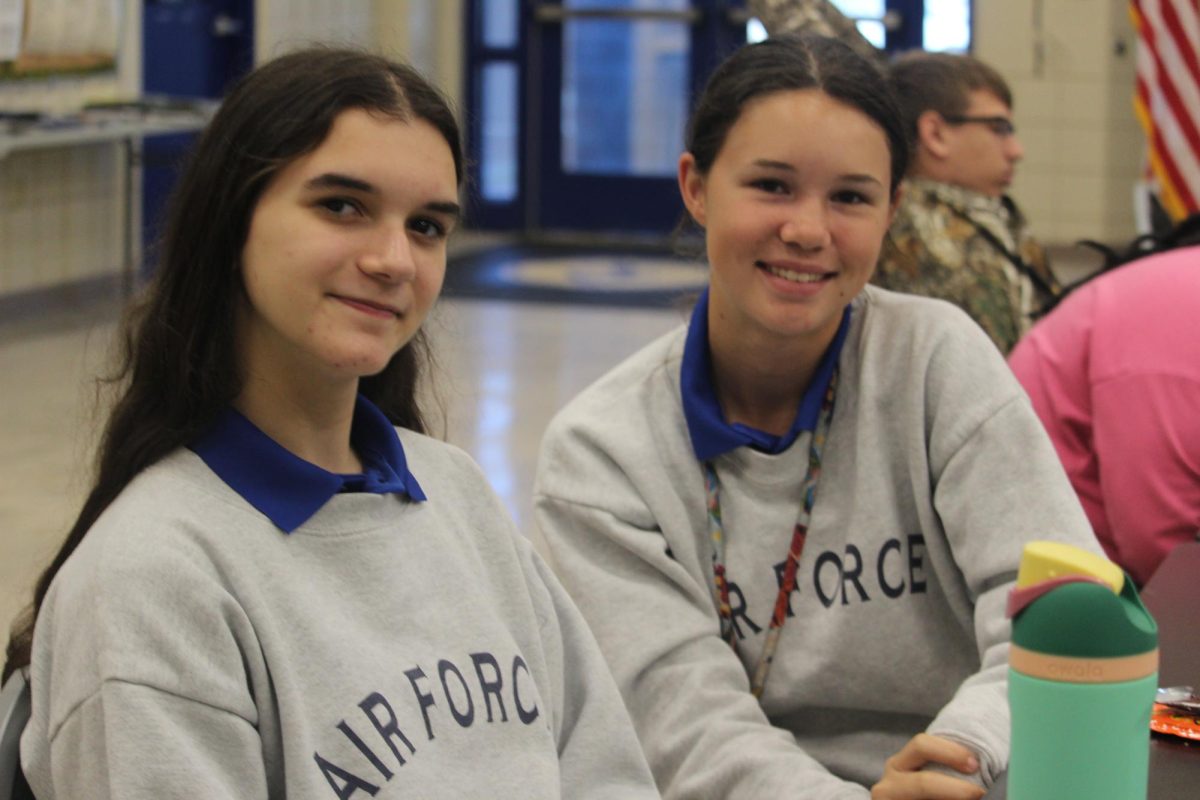Moving Appropriation to Appreciation
Understanding cultural appropriation and correcting it
Display of culturally significant items.
January 28, 2022
The easiest way to get people to understand what cultural appropriation can be is by putting it into words they may understand. Think of Native American tribal wear for Halloween or wearing a religious headpiece that belongs to another group or even as far as blackface, but that is just the surface. That is just what we see.
One place to start would be during Bryant’s annual spirit week for homecoming. Everything started off pretty fun, until we got to 80’s day, my friends and I started noticing there were little caucasian kids wearing durags and bonnets and dressing up as “Mexican gangsters” (chol(o/a)s). These things are a part of our cultures and our history and they are not just things to be used for costumes and for show. Some of the issue may just be pure ignorance and a large part of the issue is simply choosing to ignore the problem.
I’ve had personal experiences with appropriation but the first I remember was when I was at my old private school near Geyer Springs road here in Arkansas. It was around the 5th or 6th grade when I had started having the realization that I didn’t fit in where I was. When they did their spirit week, at this predominantly white school, they had a pajama day. This was incredibly innocent, but when kids started showing up in bonnets and head scarfs, I began to get a bit uncomfortable. These were the same kids that would talk about seeing a black person in public with bonnets on in disgust. These were the same people that made me feel as if my curls were humiliating opposed to “white” curls.
Many minorities find that the cultural aspects they get made fun of for is the very same thing that people strip away from them and use as a costume or to make a mockery of. Bryant is not the only exception to this issue. There is absolutely no problem in correcting people for their mistakes. A wonderful way to correct people on their lack of awareness regarding cultural appropriation is to teach about cultural appreciation.
It can be hard to teach appreciation to someone who has only ever learned to appropriate, but it is not impossible. A good way is to acknowledge that something has been appropriated and to simply apologize. Apologizing is the first step to moving from appropriation to appreciation. Fostering inclusivity and knowing what is of cultural importance to those around you is incredibly fundamental in this process. After that, it is simply helping teach people about the cultures you have decided to experience. When culture is being taught, it can be spread with love rather than adding onto stereotypes. However, it’s also important to listen to those when they speak to you on their own experiences or about their own cultures. Listening to someone talk about their culture and things they were raised with can be empowering to them and their people. Recognition and representation in an appropriate way can make a larger impact than many people realize. Think buying from the Native American people and listening to their stories, letting your black friends teach you how their hair is powerful to them, learn about your friends prayer rugs and do not just see them as decoration, and recognize that chopsticks are more than just an eating utensil to a lot of people.
A large problem seen when teaching appreciation is arguing. Whether it be back and forth between a teacher and a student or someone a part of the culture with someone who is not, it causes a lot of disinterest in learning appreciation. As educators, it is also important to be patient because all people have different learning paces. However, some people are even not willing to truly learn at all. As long as appropriation is being taught, cultural knowledge can continue on.
Some small but mighty ways to help teach appreciation are wearing cultural pieces when invited to do so, learn the background of foreign foods and pieces, be a good cultural ally and learn to listen to those who try to educate. When we do these things, we can bring cultural meaning back to things that are important to minority and ethnic communities. Those cultures can continue to flourish and grow and maybe one day we can take our cultures off the costume aisle.








